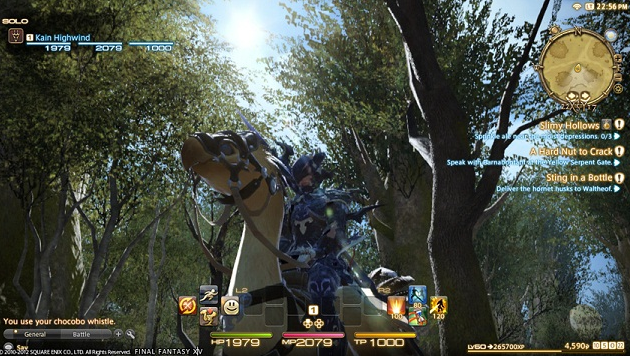
It's too soon to call it the Virtual Crash of '05, but new virtual economy site Game Money Price Research has an alarming set of charts up tracking the dive of almost all major MMORPG currencies against the U.S. dollar in the first half of this year. It may be made of pixels, but the sky certainly looks like it's falling.
While GMPR's methodology might be questionable, it seems there's a real trend being tracked here. What to ascribe it to is another question.
In plain numbers (calculated by the Walkering research staff, based on GMPR's charts), the first half of the year looks like this (compared to approximate age of world, in months): (read more to see the rest)
Eq2 gold: down 89.58 % --23 months
Wow
gold: down 83.33 % -- 8
Lineage 2 adena: down
64.91 % -- 36
Ffxi
gil: down 52.94 % -- 40
Eve isk: down 51.51 % -- 28
Anarchy online credit:
down 51.28 % -- 50
Daoc plat: down 50.00 % -- 48
Swg credit: down 38.09 % --26
UO gold: down 10.59 % -- 72
Second Life: down 4.19 % --28
Everquest Plat: down 3.0% -- 78
CoH Influence: up 9.0 % -- 15
The depreciation tracked by GMPR cuts across all ages of worlds and all population levels. With the exception of a few outliers, there does seem to be a slight correlation between age of world and fall in currency (i.e., most younger worlds have seen a bigger fall over the last six months than most older ones have), but I'm not handy enough with Excel to demonstrate that here. In any case, the two oldest worlds have the lowest recent depreciation, and two of the three youngest worlds have the highest.
The depreciation of MMORPG currencies (i.e., their fall against the dollar) seems to happen more or less inevitably, at least in the early months or years of a game's life. The novelty factor probably puts a premium on currencies in the very early period of a world's existence. Then, as more people enter a world, currency is wrung out of dead goblins, guristas or whatever it is they're killing over in Star Wars Galaxies at a faster and faster rate as players share knowledge, expertise and software tools and begin to band together into more efficient killing (and thus earning) machines. With "wages" rising, the money supply should be growing more quickly than it was before (and more quickly than the population), adding to inflationary pressures that decrease the value of the currency against the dollar.
Inflation within most game worlds, of course, has an added dimension to it on top of what we usually consider here in the free-market U.S. of A.Most prices in game worlds are set by the developer, so the player-to-player market should have a more limited impact than it does in the real world (where all prices are set by "players"). But worlds like Eve Online, Ultima Online and Second Life have NPC prices that are, to varying degrees, set based on supply and demand (or, in the case of Second Life, no NPCs at all). These freer prices should serve to absorb some of the inflation that the dollar market would otherwise have to handle. It's interesting to note that of those three worlds (which I believe enjoy the "free-est" market mechanisms), two of them show the lowest drop in value of any world except EverQuest and, for some reason, City of Heroes, which actually saw its currency appreciate in the first half of the year. The very efficient market that is present in Eve (efficient in the economic sense) hasn't seemed to counteract whatever currency pressure the ISK is under. The fact that the Eve population is still small and has grown about 20 percent since the beginning of the year could be one explanation.
So is it the end of the road for virtual currencies? Or does the wily arbitrageur see a buying opportunity here? Whatever the case, it's nice to see another entrant to the growing field of virtual economics. Hopefully we can refine the tools over the coming months and years into something that will be truly useful, as virtual worlds become more and more important to our real economic lives.
